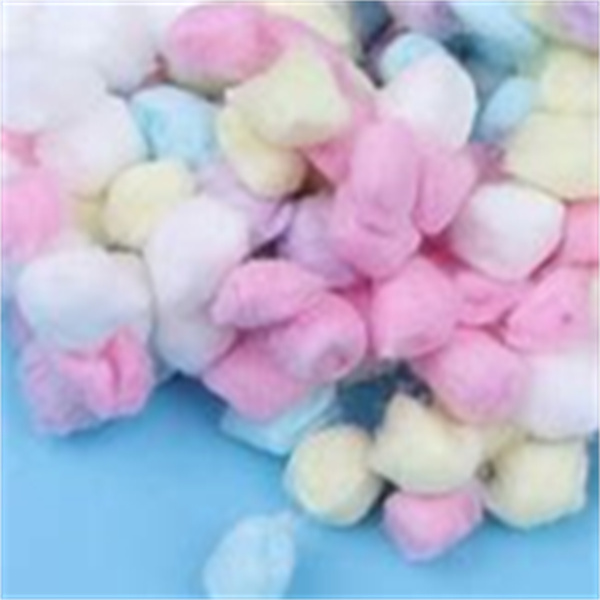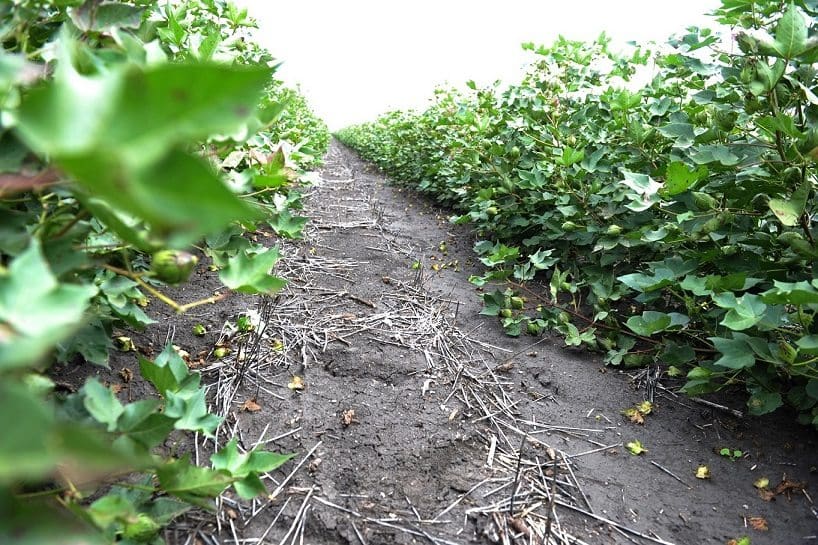Cotton grain is one of the most important agricultural products in the world, playing a crucial role in both textile production and food industries. Known for its versatility, cotton grain has been cultivated for centuries and continues to be an essential resource for global economies. In this comprehensive guide, we will explore everything you need to know about cotton grain, from its history to its modern applications.
As a vital crop, cotton grain is not only used for producing textiles but also serves as a valuable source of nutrition. Its seeds are processed into oil and meal, which are widely consumed by humans and livestock. Understanding the significance of cotton grain can provide valuable insights into sustainable agricultural practices and economic development.
This article aims to educate readers about cotton grain while adhering to the principles of E-E-A-T (Expertise, Authoritativeness, Trustworthiness) and YMYL (Your Money or Your Life). By exploring this topic thoroughly, we hope to equip you with reliable information that can influence your decision-making process.
Read also:Paris Jackson The Story Behind Michael Jacksons Daughter And Her Tattoos
Table of Contents
- History of Cotton Grain
- Types of Cotton Grain
- Cultivation Process
- Uses of Cotton Grain
- Nutritional Benefits
- Economic Impact
- Sustainability in Cotton Grain Production
- Challenges Facing Cotton Grain Farmers
- Future Trends in Cotton Grain
- Conclusion
History of Cotton Grain
The history of cotton grain dates back thousands of years, with evidence of its cultivation found in ancient civilizations such as Egypt, India, and Mesopotamia. Archaeological findings indicate that cotton fibers were used for textile production as early as 5000 BCE. Over time, the cultivation of cotton spread across continents, becoming a staple crop in many regions.
Early Cultivation Techniques
In the early days of cotton cultivation, farmers relied on manual labor and basic tools to grow and harvest the crop. These techniques were labor-intensive but effective in producing high-quality cotton fibers. As agricultural practices evolved, so did the methods of cultivating cotton grain, leading to increased productivity and efficiency.
Today, modern technology has transformed the way cotton grain is grown and harvested. Innovations such as genetically modified seeds, advanced irrigation systems, and mechanized equipment have revolutionized the industry, making it more sustainable and profitable.
Types of Cotton Grain
There are several types of cotton grain, each with unique characteristics and uses. The most common varieties include:
- Upland Cotton: The most widely grown type, accounting for approximately 90% of global cotton production.
- Pima Cotton: Known for its longer fibers, Pima cotton is used to produce high-quality textiles.
- Egyptian Cotton: Renowned for its exceptional softness and durability, Egyptian cotton is often used in luxury fabrics.
Each type of cotton grain has specific requirements for cultivation, making it essential for farmers to choose the right variety based on their geographical location and climate conditions.
Cultivation Process
The cultivation of cotton grain involves several stages, from planting to harvesting. Farmers must carefully monitor the growth of the crop to ensure optimal yields and quality.
Read also:How To Search For Blocked Friends On Facebook A Comprehensive Guide
Preparation of Land
Before planting cotton seeds, the land must be prepared by plowing and fertilizing. This process helps create a suitable environment for the seeds to germinate and grow. Farmers also need to consider factors such as soil type, water availability, and climate conditions when preparing the land for cultivation.
Planting and Growth
Once the land is ready, cotton seeds are sown in rows, allowing for proper spacing and airflow between plants. The growth of cotton grain typically takes around 150-180 days, depending on the variety and environmental conditions. During this time, farmers must provide adequate water, nutrients, and pest control to ensure healthy plant development.
Uses of Cotton Grain
Cotton grain has a wide range of applications, both in the textile industry and as a food source. Its versatility makes it an invaluable resource for various sectors.
Textile Production
The primary use of cotton grain is in the production of textiles. Cotton fibers are spun into yarn, which is then woven or knitted into fabric. This fabric is used to make a variety of products, including clothing, bedding, and home furnishings.
Food Industry
In addition to textiles, cotton grain is also used in the food industry. Cottonseed oil is a popular cooking oil due to its high smoke point and neutral flavor. Cottonseed meal, on the other hand, is a valuable source of protein for livestock feed.
Nutritional Benefits
Cotton grain offers several nutritional benefits, particularly in the form of cottonseed oil and meal. Cottonseed oil is rich in healthy fats, vitamins, and antioxidants, making it a nutritious addition to any diet. Cottonseed meal, while primarily used for animal feed, also contains essential amino acids and minerals that contribute to overall health.
Studies have shown that consuming cottonseed oil can help reduce bad cholesterol levels and improve heart health. Its high content of linoleic acid, an essential fatty acid, makes it an excellent choice for maintaining a balanced diet.
Economic Impact
The production of cotton grain has a significant impact on the global economy. It provides livelihoods for millions of farmers and workers in the agricultural and textile industries. Cotton grain is also a major export commodity for many countries, contributing to their national GDP.
According to the International Cotton Advisory Committee (ICAC), the global cotton market is valued at over $12 billion annually. This figure highlights the importance of cotton grain as a driver of economic growth and development.
Sustainability in Cotton Grain Production
As concerns about climate change and environmental degradation grow, the sustainability of cotton grain production has become a critical issue. Farmers and industry stakeholders are increasingly adopting practices that minimize the environmental impact of cotton cultivation.
Water Conservation
One of the main challenges in cotton grain production is water usage. Cotton plants require significant amounts of water to grow, which can strain local water resources. To address this issue, farmers are implementing drip irrigation systems and other water-efficient technologies.
Soil Health
Maintaining soil health is another priority in sustainable cotton grain production. Practices such as crop rotation, cover cropping, and reduced tillage help preserve soil fertility and structure, ensuring long-term productivity.
Challenges Facing Cotton Grain Farmers
Despite its importance, the cultivation of cotton grain presents several challenges for farmers. These include:
- Pest and disease management
- Climate variability
- Market fluctuations
Addressing these challenges requires a combination of innovative solutions and policy support. Governments and organizations are working to provide resources and training to help farmers overcome these obstacles and improve their livelihoods.
Future Trends in Cotton Grain
The future of cotton grain looks promising, with advancements in technology and research driving innovation in the industry. Some of the key trends to watch include:
Genetically Modified Cotton
Genetically modified cotton varieties are becoming increasingly popular due to their resistance to pests and diseases. These crops can help reduce the use of chemical pesticides, promoting more sustainable farming practices.
Biodegradable Textiles
As environmental awareness grows, there is a growing demand for biodegradable textiles made from cotton grain. These products offer a more sustainable alternative to synthetic fibers, reducing waste and pollution.
Conclusion
In conclusion, cotton grain is a versatile and valuable crop with numerous applications in the textile and food industries. Its historical significance, economic impact, and potential for sustainable development make it an essential resource for global economies. By understanding the challenges and opportunities associated with cotton grain production, we can work towards a more sustainable and prosperous future.
We invite you to share your thoughts and experiences with cotton grain in the comments section below. Additionally, feel free to explore other articles on our website for more insights into agriculture and sustainability. Together, we can make a difference in the world of cotton grain production.



